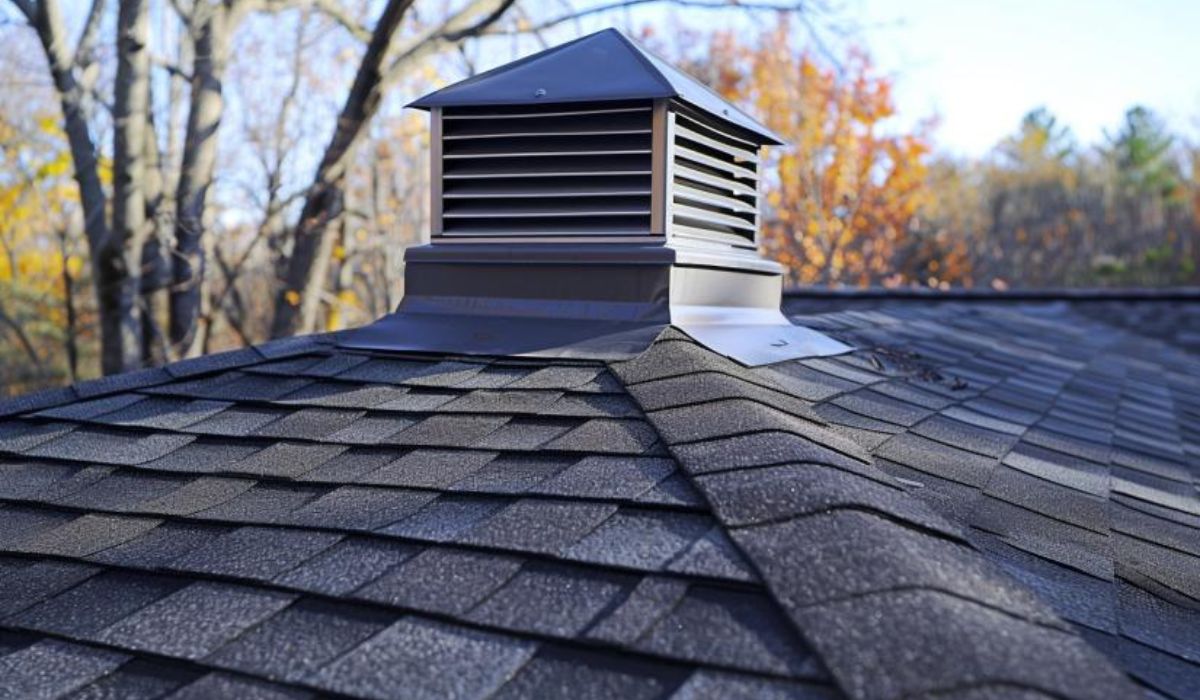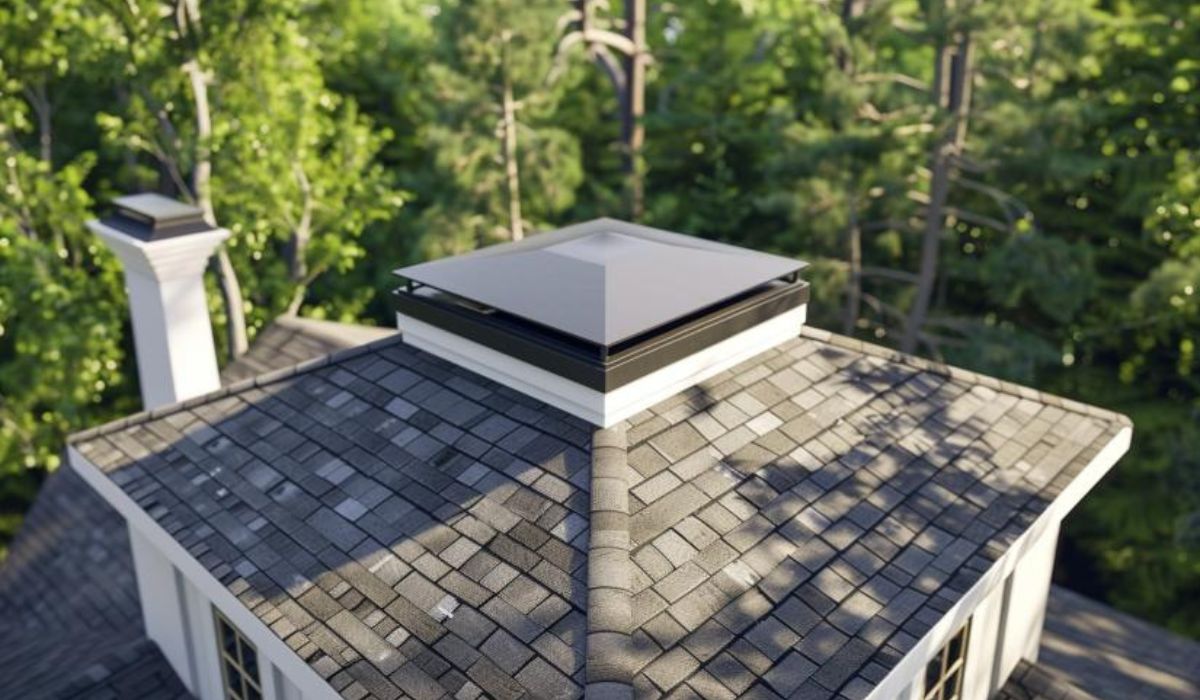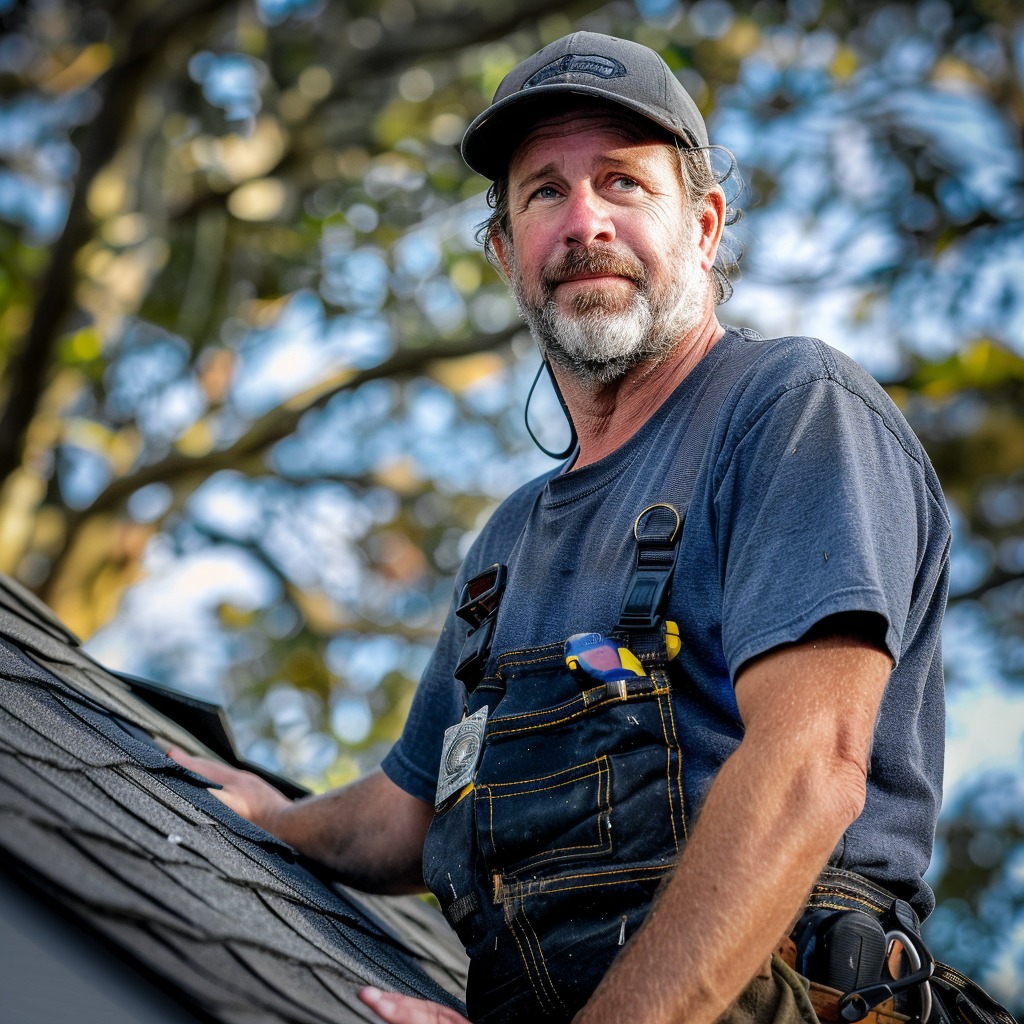
Are you looking to improve the ventilation system of your roof? Wondering how box vents can benefit your attic ventilation?
Proper roof ventilation is crucial for maintaining the health and longevity of your roof. It helps prevent moisture buildup, mold growth, and damage to the roof structure. A box vent, also known as a static vent, is a popular type of roof vent that allows hot air to escape from the attic. It is easy to install and requires minimal maintenance. By installing a box vent, you can improve the efficiency and durability of your roof while ensuring proper attic ventilation.
Key Takeaways:
- Proper roof ventilation is essential for the health and longevity of your roof.
- Box vents are a popular type of roof vent that allows hot air to escape from the attic.
- Installing a box vent can improve the efficiency and durability of your roof while ensuring proper attic ventilation.
- Box vents are easy to install and require minimal maintenance.
- By investing in proper attic ventilation, you can prevent moisture buildup, mold growth, and damage to your roof structure.
Advantages Of Proper Roofing Ventilation
Proper roofing ventilation offers numerous advantages for homeowners. It plays a vital role in maintaining a healthy and functional roof while providing various benefits for the overall comfort and energy efficiency of your home.
The Importance of Temperature Regulation
One of the key advantages of proper roofing ventilation is its ability to moderate the temperature in the attic. During the hot summer months, the attic can become extremely hot, reaching temperatures that can affect the performance of your roof and increase energy costs. By allowing hot air to escape from the attic, ridge vent installation and other roof vent types create a balanced airflow that helps prevent excess heat buildup.
Preventing Moisture Buildup
Moisture buildup in the attic can lead to various problems, including mold growth, the rotting of wooden structures, and damage to roofing materials. Proper ventilation helps prevent moisture from accumulating by removing humid air and allowing fresh air to circulate throughout the attic. This prevents the conditions that promote mold growth and protects the integrity of your roof.
Protection for Your Roof
A vented roof system with proper ventilation is essential for ensuring the longevity of your roof. Without proper ventilation, excessive heat and moisture can cause damage to roofing materials, leading to premature aging and costly repairs. By maintaining a balanced airflow with the combination of ridge vents and other exhaust vents like box vents, you can minimize the risk of roof problems and extend the lifespan of your roof.
In summary, proper roofing ventilation offers multiple advantages for homeowners. It helps regulate temperatures, reduces energy costs, prevents moisture buildup, and protects the longevity of your roof. By investing in ridge vent installation and a well-designed vented roof system, you can create a more comfortable and energy-efficient living space while safeguarding the health and integrity of your roof.
How To Calculate The Amount Of Ventilation You Need

Proper roof ventilation is essential for maintaining a healthy and functional attic. In order to ensure adequate airflow, it is important to calculate the amount of ventilation needed for your roof. While there is a general rule of thumb that suggests having 1 square foot of ventilation for every 150 square feet of attic space, there are several factors that can influence the specific ventilation requirements.
Factors Affecting Ventilation Requirements:
The presence of a vapor barrier: A vapor barrier can affect how much ventilation is required. It is important to consider the type and location of the vapor barrier when calculating ventilation needs.
The roof slope: The slope of the roof can impact ventilation requirements. Steeper roofs may require more ventilation to ensure proper airflow.
Climate: The climate in your region can also influence ventilation needs. Areas with hot and humid climates may require more ventilation to combat moisture buildup.
While these factors can provide a starting point for determining ventilation needs, it is always best to consult local building codes and guidelines or seek advice from a roofing professional. They can help assess the specific requirements of your roof and provide expert recommendations.
How to Install Roof Vents
Installing roof vents is an essential part of maintaining proper attic ventilation. By allowing fresh air to enter and hot air to escape, roof vents help regulate the temperature and moisture levels in your attic, preventing damage and preserving the lifespan of your roof. Here’s a step-by-step guide to installing roof vents.
1. Install Intake Vents
To ensure proper ventilation, start by installing intake vents, such as soffit vents. Soffit vents are typically made of aluminum or vinyl and are installed under the roof’s overhang. They allow fresh air to enter the attic from the underside of the roof.
2. Choose the Right Exhaust Vents
Next, select the appropriate exhaust vents, based on the design and needs of your roof. Two common types of exhaust vents are box vents and ridge vents.
3. Install Box Vents
If you choose box vents, also known as static vents, they can be installed on various parts of your roof to allow hot air to escape. They rely on wind or natural convection to create airflow within the attic.
4. Install Ridge Vents
Ridge vents, on the other hand, are installed along the roof ridge, providing consistent airflow. They work in conjunction with intake vents to create a balanced ventilation system.
5. Consider Additional Vents
In addition to intake and exhaust vents, other types of vents, such as drip edge vents and gable vents, can also be installed to meet the specific needs of your roof. Drip edge vents are installed along the eaves and prevent water from entering the attic, while gable vents are installed on the sides of the attic to promote cross-ventilation.
6. Follow Manufacturer Guidelines
When installing roof vents, it is crucial to follow the manufacturer’s instructions and guidelines. Proper installation ensures that the vents function efficiently and effectively, maximizing the benefits of attic ventilation.
By following these steps, you can install roof vents and achieve proper attic ventilation. Remember, proper ventilation is key to maintaining the health and longevity of your roof.
The Lasting Benefits Of Ventilation
Proper ventilation plays a crucial role in maintaining the health and longevity of your roof, providing lasting benefits for homeowners. By reducing heat and moisture buildup, ventilation helps extend the life of roofing materials, preventing damage and deterioration over time.
“Proper ventilation is essential for preventing a range of issues, such as roof rot, mold growth, and structural damage,” says John Smith, a roofing expert at ABC Roofing Company. “By allowing hot air to escape and fresh air to enter the attic, homeowners can create a balanced environment that promotes optimal roof performance.”
Two common types of exhaust vents, box vents, and ridge vents, work hand in hand to achieve effective ventilation. Box vents, also known as static vents, rely on wind or natural convection to draw out hot air from the attic. Ridge vents, on the other hand, are installed along the roof ridge and provide consistent airflow throughout the attic space.
“Box vents and ridge vents are popular choices due to their simplicity and effectiveness,” adds Smith. “They work together harmoniously to ensure proper air exchange and prevent the buildup of heat and moisture.”
In addition to box vents and ridge vents, homeowners may also consider other ventilation options based on their specific needs. Powered vents, gable vents, and turbine vents provide alternative solutions that can enhance airflow and maintain optimum temperature levels in the attic.
“Powered vents are particularly beneficial in areas with low natural airflow,” explains Smith. “They are electrically powered and can be controlled to increase or decrease the ventilation based on the homeowners’ preferences.”
Gable vents, typically installed on the side walls of the attic, help facilitate cross ventilation by allowing air to enter and exit on opposite sides of the attic space. They are especially useful in homes with unique architectural features or limited roof space for traditional exhaust vents.
Turbine vents, resembling spinning fans, utilize wind power to create suction and drive hot air out of the attic. They are a popular choice in areas with consistent breezes.
By investing in proper ventilation, homeowners can ensure the longevity and performance of their roof while enjoying improved energy efficiency and a healthier home environment.
Conclusion
When it comes to improving attic ventilation, installing a roof vent, such as a box vent, is a practical and affordable solution. By following the proper installation process and considering the specific needs of your roof, you can ensure a successful installation that brings a range of benefits.
Proper roof ventilation is key to achieving energy efficiency in your home. A well-ventilated attic helps regulate the temperature, preventing excess heat buildup and reducing the strain on your cooling system. This, in turn, can lead to lower energy costs and a more comfortable living environment.
Additionally, installing a roof vent protects your roof from moisture damage. By allowing hot air and moisture to escape, a roof vent helps prevent mold growth, rotting of the roof structure, and damage to insulation and other materials. This can significantly extend the lifespan of your roof and save you from costly repairs or premature replacement.
Whether you choose a box vent, ridge vent, or any other type of vent, investing in proper attic ventilation is essential for the long-term health and efficiency of your home. Take the time to evaluate your roof’s ventilation needs and consult with professionals if needed to ensure you make informed decisions and enjoy the lasting benefits of a well-ventilated attic.
Source Links
- https://www.iko.com/blog/how-to-install-a-roof-vent/
- https://fortressroofing.ca/blog/how-to-install-a-roof-vent/
- https://advanceroofingllc.com/blogs/how-to-install-a-roof-vent/

Meet William Adams, a seasoned roofing expert with over 30 years of hands-on experience in the industry. Having worked tirelessly under the scorching sun and through the fiercest storms, William brings a wealth of knowledge and expertise to the table. Hailing from the heart of the USA, he’s witnessed the evolution of roofing practices firsthand, mastering every aspect along the way. Now retired from the field, William spends his days cherishing time with his loved ones while sharing his invaluable insights through this platform. With William at the helm, you can trust that every tip, advice, and recommendation provided is backed by years of real-world experience and unwavering dedication to quality craftsmanship. Join us as we journey through the world of roofing, guided by the wisdom and passion of a true industry veteran.
